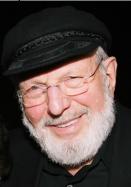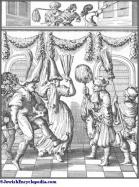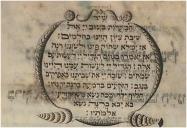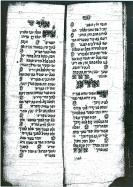(172 results found)
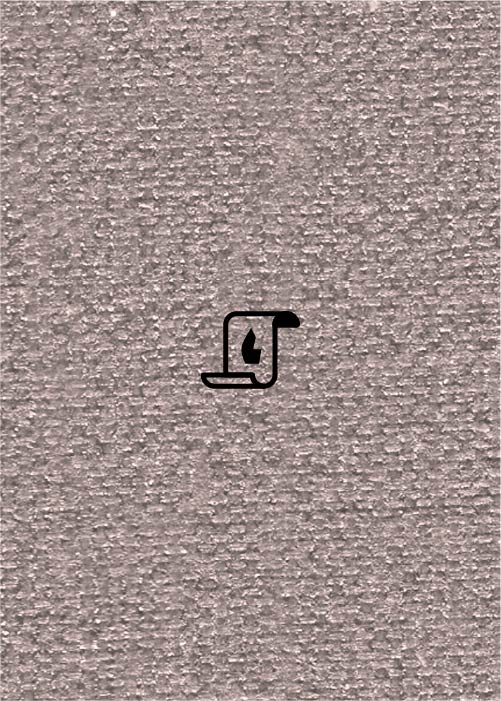
Hatikvah: Conceptions, Receptions and Reflections
… how its practice at ceremonies of Jewish institutions, synagogues, schools and youth movements, as well as its … Different scholars cited two nineteenth-century patriotic German songs, certainly known to German-speaking Jews, as a possible source of inspiration: …
Karev Yom
… guttural letters. It appears that he wanted to bypass his German accent and sound as “sabra” as possible. A … Shlomo Ravitz, at that time the chief cantor of the Great Synagogue in Tel Aviv. The music provided by Ravitz for our … melody, recorded in the National Sound Archives by various German and Swiss informants, reflects a non-Hassidic …
Hag Purim – The story behind its melody
… h a vesim h a.” In this last setting it appeared in the German-Jewish journal Ost und West in 1910 ( example 1 ) and … suggest that both stem from the collection of Leo Winz, the German publisher of Kisselgof's collection as well as the … at the end of the Sabbath morning services in Ashkenazi synagogues, mainly outside of Israel, and some families sing …
Shir hama’alot - The umbilical cord between liturgical and domestic soundspheres in Ashkenazi culture
… Jah r. Frankfurt a M.: Verlag J. Kauffmann. 1912. p. 33. … German-speaking Jews often used melodies from synagogue services for settings of Shir hama’alot [The song … of the yearly cycle was a widespread musical custom of German-speaking Jews. [2] In many ways this usage emphasized …
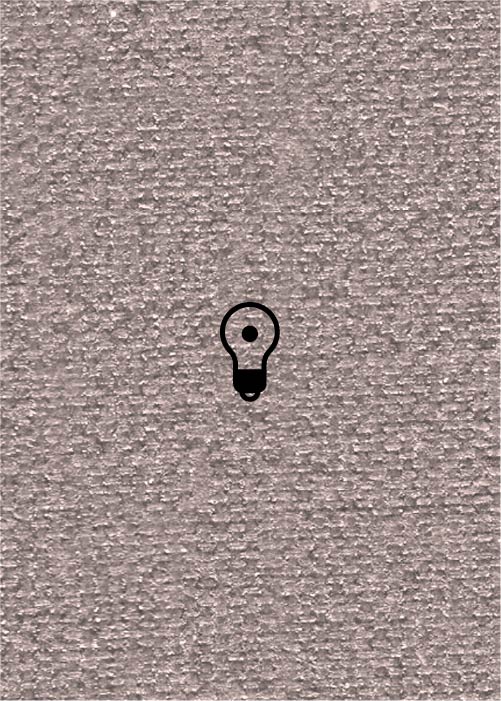
Shir HaKavod
… Shabbath prayers, after the Mussaf service. In some Israeli synagogues the prayer is moved to an earlier part of the … when this custom began, but it can be assumed that Jews of German decent in Israel and other communities that were … and it most likely originated in the Jewish communities of Germany where it is known with some minor changes as 'Hadar …

Anim Zemirot
… morning prayers, after the Mussaf service. In some Israeli synagogues the prayer was moved to an earlier part of the … already practiced in Europe. It can be assumed that Jews of German decent in Israel and other communities that were … and it most likely originated in the Jewish communities of Germany where it is known with some minor changes: 'Hadar …
Dort wo die Zeder: A Forgotten Zionist Anthem in German
… which Jewish modernity articulated itself on the basis of German aesthetics, in this case poetic and musical. Dort wo … means for disseminating its ethos, echoing patterns of German cultural activism, particularly at the level of youth … and composer Asher Perlzweig (1870-1942) of the Vine Court Synagogue in the East End of London includes under the music …
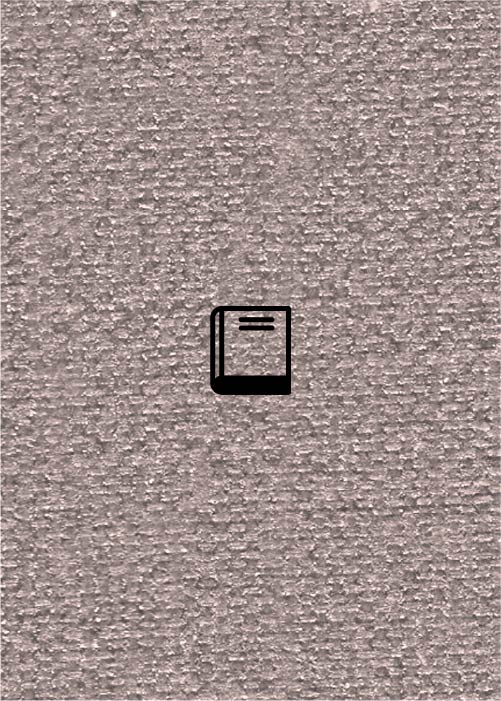
Erinhern für die Zukunft: Remember for the future
… and Polish. In this film they can be seen performing around Germany, learning a song by Mordechai Gebirtig, visiting synagogues and churches and performing two Yiddish songs, a … song … Children … Choir … Shibolet BaSadeh … Jewish Culture Germany … Erinhern für die Zukunft: Remember for the future …
Brakha Tzefira
… the next, Brakha was attracted to the songs she heard. The synagogue played a central role in the lives of the families … same year, Tzefira and Nardi began a series of concerts in Germany and other parts of Europe, and Tzefira left her … she performed, among other places, in refugee camps in Germany. A special event on the tour was the visit of …
Elohim Eshala
… traditions into new music. Of course, the mastery of this German Jewish composer of international stature stands out … the performance of Psalms and other prayers in Yemenite synagogues. A blessing to God or to the individual …

